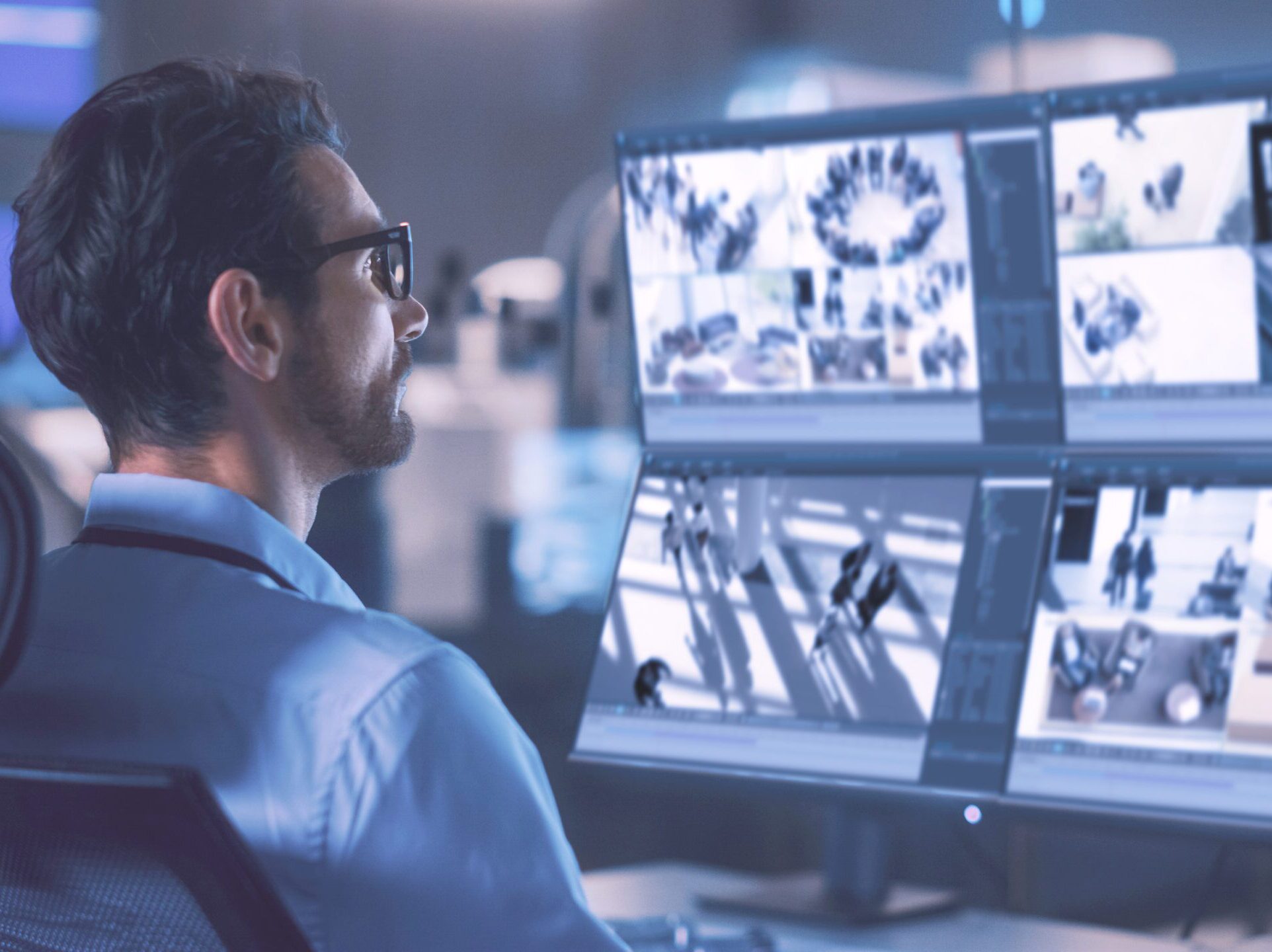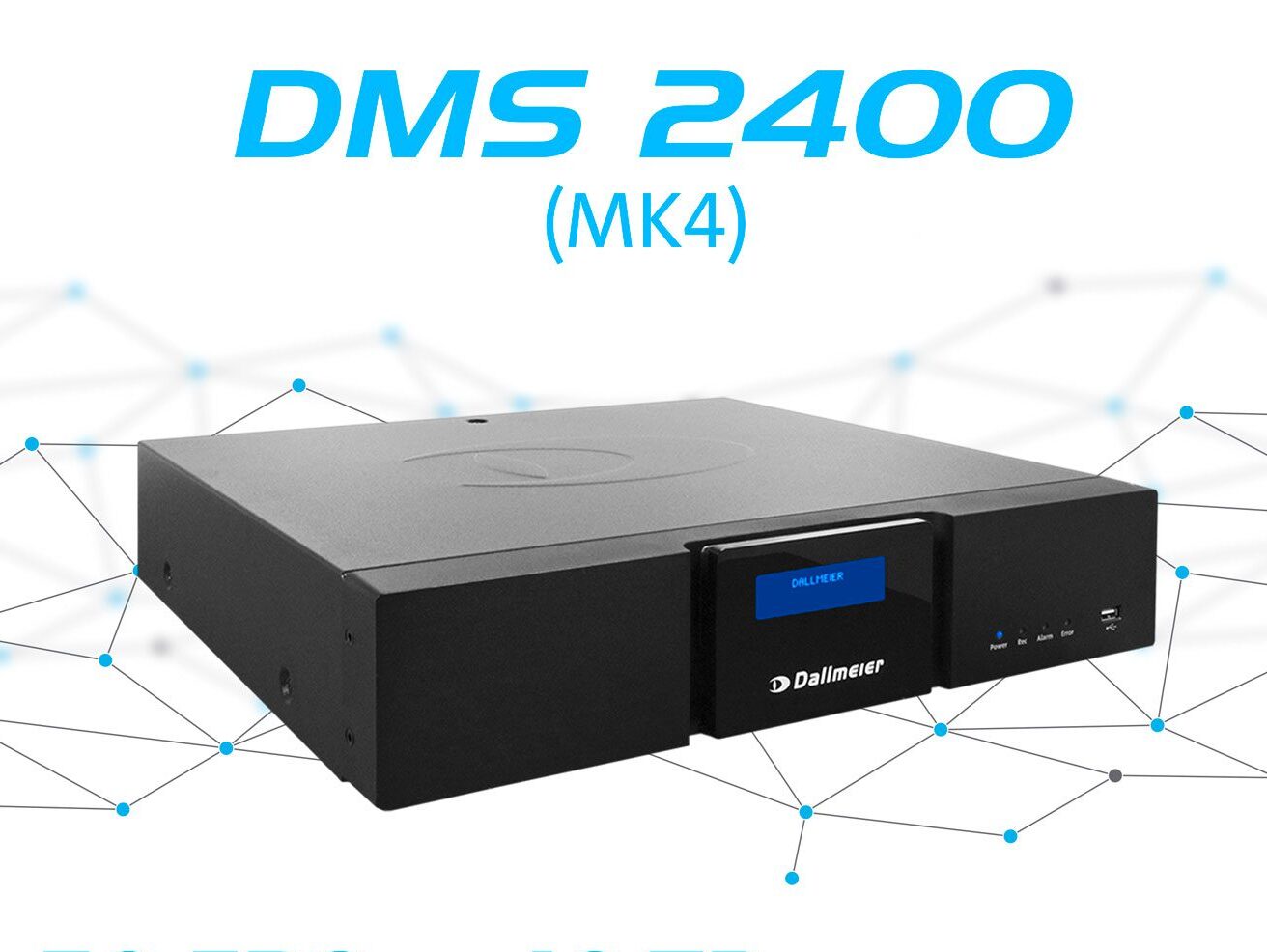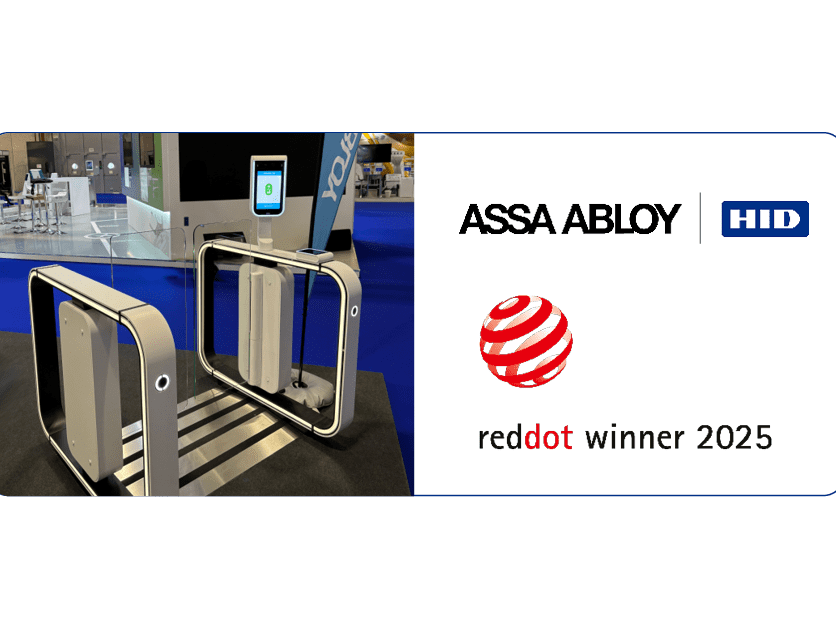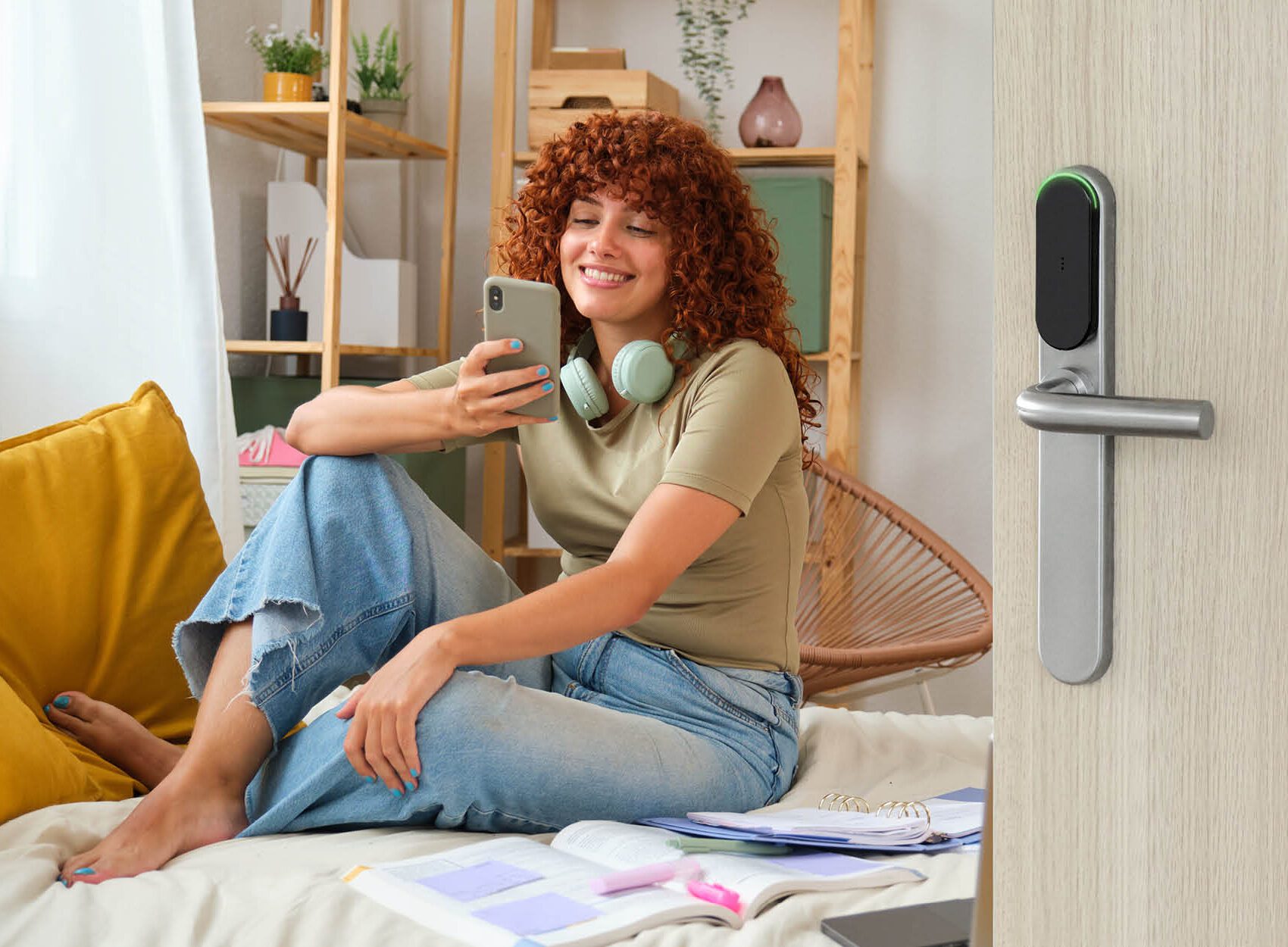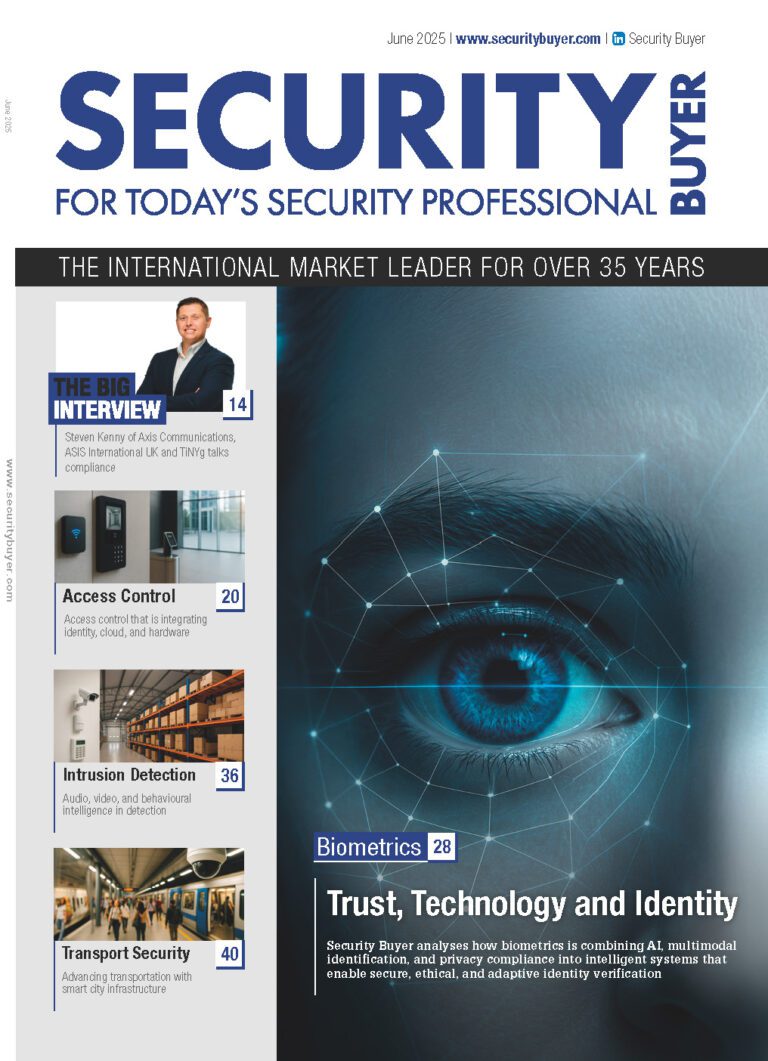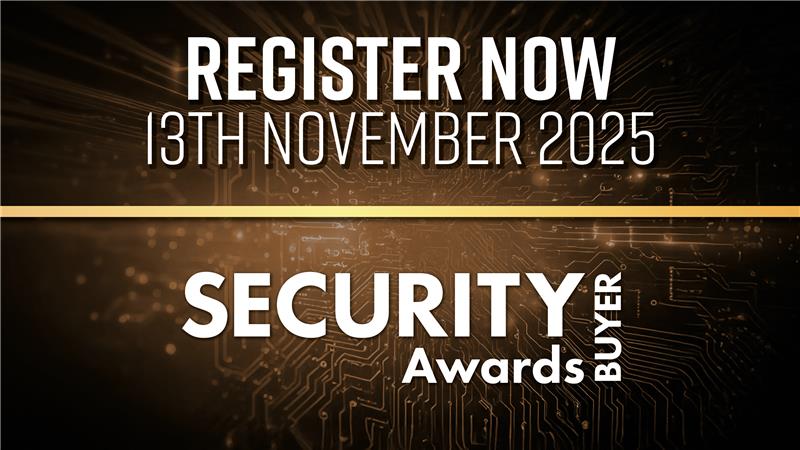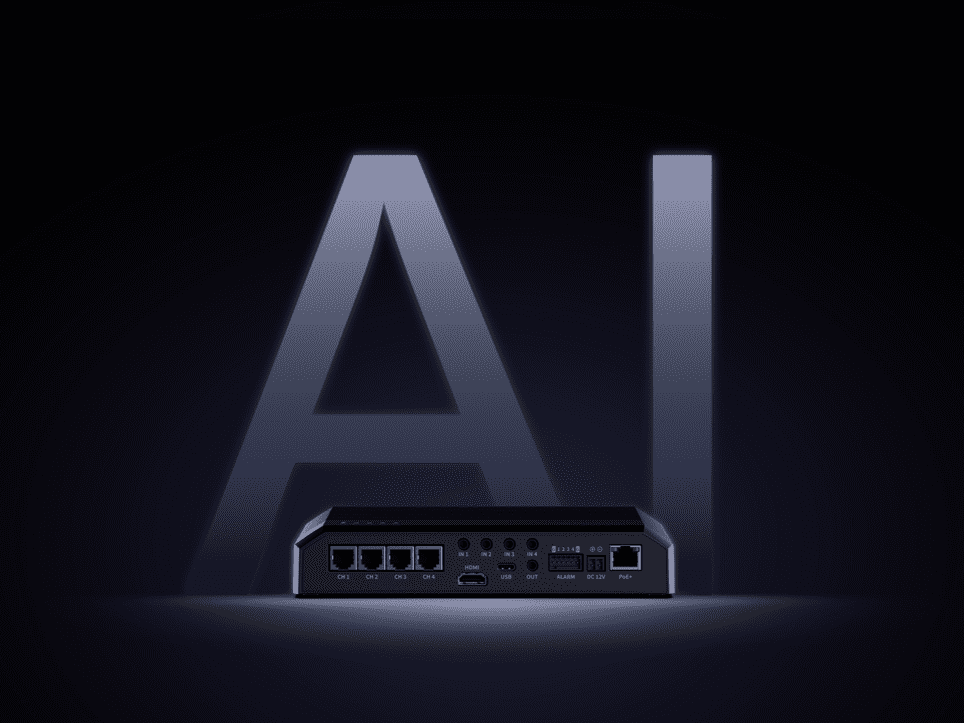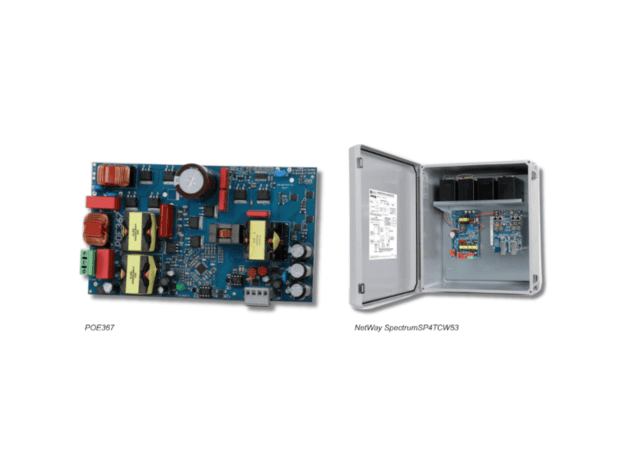Going back to the workplace must be a safe and secure experience – and that’s where mobile access control solutions can come in.
After months away from the workplace due to the coronavirus pandemic, your workforce needs to feel confident returning to the office – and you and your management team need to feel assured that the risks are minimised too, so that the return to work is safe and consistent.
Right now, there’s still a great deal of debate about the shape of the workplace of the future. While the majority of people have had to get used to working from home for the past 12 months, most experts believe a return to the office in some form or other is inevitable. Many people have already started to get back to the office on a limited basis, but it is still uncertain if workplaces will remain open and if temporary ‘work from home guidance’ will return.
What most industry commentators believe will emerge is a hybrid workplace, where employees spend some of their working time at home and the rest of their week in the office in order to collaborate and innovate in-person.
As senior managers work out what this hybrid future means for their businesses, they’ll have to think carefully about how their workers return to work safely and securely. Help comes in the form of mobile access control, which gives your business the level of surety it needs.
A mobile-first approach to access security fits into the broader picture of a post-pandemic pivot to an app-centric workplace that connects users to an ecosystem of data-driven services.
By making the smartphone the centre of an office access-control system, your company can give employees the convenience they crave on a secure, standards-based platform that makes it easy to know who’s accessing which areas when.
That’s a big break from traditional contactless card and fobs, which can be forged or cloned. It’s also a significant improvement on more recent smart cards that use cryptographic keys – these cards might be a step forwards in technology, but vulnerabilities in mutual authentication algorithms associated to the cards represent a new potential weak point.
Mobile access provides a stronger, safer and more convenient alternative. Most mobile devices rely on two-step identity recognition – be it through pin code, fingerprint or face – which creates a strong basis for authorisation.
That’s reassuring if one of your employees happens to lose a device, as their phone’s in-built two-factor authentication means it will be much harder for an errant individual to access their device and your office.
What’s more, an individual is likely to be much more careful with their smart phone – an expensive device they take everywhere and rely on for many everyday activities – than a single-use smart card or fob.
Our reliance on mobile devices has increased considerably during the past 12 months. From checking news updates to keeping in contact with friends and onto using COVID-19 contact-tracing services, the mobile devices – and the apps that provision these services – have become central to all our lives.
The strong behavioural connection between an individual and their phone means that, when your people do return to the office, they’ll benefit from the familiar convenience of using a mobile device to complete their most important work tasks, including entering the building securely and safely.
They’ll also enjoy the convenience that the combination of a mobile device and an app brings when moving around and working within the workspace, whether that’s accessing meeting rooms, booking a time slot in the office restaurant or entering otherwise-restricted areas of the building.
With mobile access control, your employees can be sure they’re in the right place at the right time. And when there’s limits on the amount of people who can enter an office, that focus on location matters more than ever before.
In the hybrid workplace of the future, different people will need the office at different times. Businesses will need to keep a watchful eye on occupancy levels and the location services in mobile access control – in combination with Bluetooth Low Energy (BLE) connections – can support social distancing and provide movement tracking.
Those location services help ensure the safe movement of visitors around the office. Businesses can also use these services to swerve potential crunch points, where too many people congregate at a location, whether that’s entering the building, walking the corridors or chatting at the water cooler. Visitor management track and trace is also made easier, building historical data on where that person has been.
Mobile access control will, in short, help your business return safely and securely to the office in the post-COVID age. If you want to overcome the challenges of introducing a hybrid-working model, then the smart phone in your employees’ hands will be the key to your success.
HID Global – A mobile access case study – Aerospace company Avolon selects HID Mobile Access
Optimising the Security at Avolon’s Global Headquarters Founded in 2010, Avolon is the third largest aircraft leasing company in the world with 824 aircraft and 145 customers in 62 countries. Its new global headquarters in Dublin is comprised of 6,967 sq. m (75,000 sq. ft) of secure office space across six floors that houses its IT, catering, legal and communications departments.
CHALLENGE:
Avolon’s new premises in the upmarket Ballsbridge area of Dublin provided an opportunity for the company to rethink its approach to building security.
Avolon was looking for an innovative, flexible solution that could be personalised to individuals, easily accessed and managed remotely. Additional requirements included: the need to provide different levels of security clearance in different areas of the building, the ability to manage individual security clearances, the facilitation of access outside of the usual workday, and secure parking lot access for employees and visitors.
As a global company, Avolon wanted a solution that could be deployed worldwide to provide a consistent experience for its employees, regardless of their location.
SOLUTION:
Avolon partnered with systems integrator Summit Security Systems and deployed HID Mobile Access at its Dublin headquarters. Powered by Seos technology, the solution uses Bluetooth Low Energy (BLE) and iCLASS readers to create a secure, convenient and flexible access control solution for its headquarters.
The building’s security system enables credentials on smartphones via an app rather than on physical access cards and uses iCLASS SE mobile-enabled readers installed at points of access.
Key benefits of a mobile access system include:
- Employees are less likely to forget smartphones, which they always carry, than an access badge
- Security clearances are more efficient and easily changed because security status is provisioned to an app
- A cloud-based central control system provides security administrators with easy oversight, access to a complete set of metrics and the ability to manage a network of premises around the globe
Avolon has implemented a range of different solutions for different parts of its premises that can vary by time of day. For example, elevators utilise access control measures to ease the flow of people within the building during work hours, while assuring that after-hours access is more controlled.
The ease-of-use and security also extends to the parking lot, which benefits from HID’s “Twist and Go” feature. Employees simply twist their iOS or Android phone when they approach the parking readers to gain entry. Avolon encourages its employees to cycle to work and has extended mobile access to a secure employee bike parking area that links directly into shower and changing facilities.
OUTCOME:
The HID Mobile Access Solution provides many advantages over the previous card-based system including after-hours access (vital to a 24/7 business like Avolon), ready access to secure rooms and easy management of security clearances. With HID Mobile Access, fine-grained security access for a global network of offices is controlled centrally through a cloud-based portal.
Access levels can be set on an individual basis so they are very flexible and can be modified as needed.
“Using a mobile phone is much more convenient than access cards. People forget their access cards, but their mobile phone is with them all the time,” said Allan Dawson, Facilities Project Manager at Avolon.
“It’s much more efficient. For example, we now have much lower instances of people leaving the perimeter and having to ask for re-entry because they’ve left their pass in the office.”
In the future, Avolon anticipates expanding its new physical access solution across its global campuses.
“As well as deploying in our Dublin head office we have also deployed in our New York, Florida and Hong Kong offices,” said Dawson. “The benefit of using a global platform means our people can travel between offices with their security status intact and ready to go for each location.”
To stay up to date on the latest, trends, innovations, people news and company updates within the global security market please register to receive our newsletter here.
Media contact
Rebecca Morpeth Spayne,
Editor, Security Portfolio
Tel: +44 (0) 1622 823 922
Email: editor@securitybuyer.com

